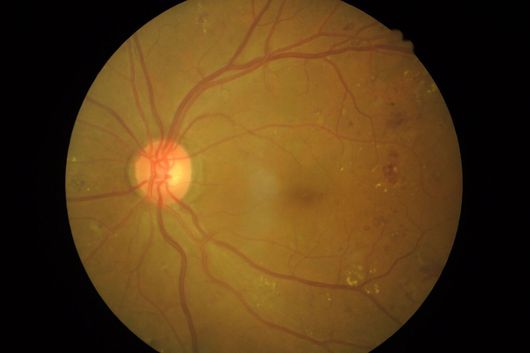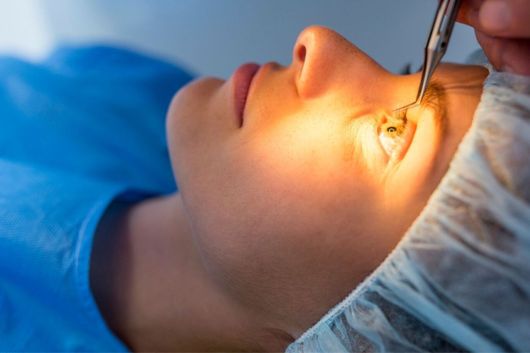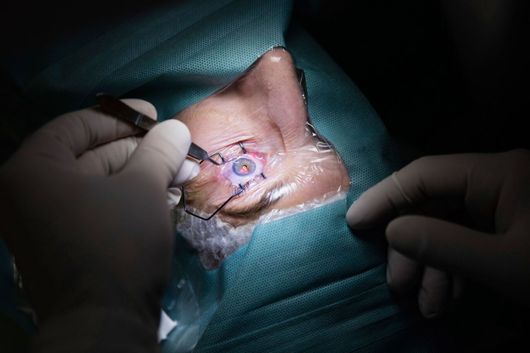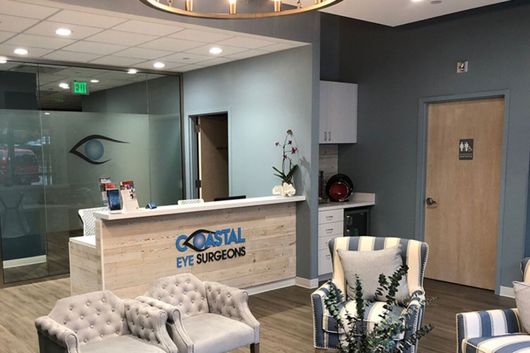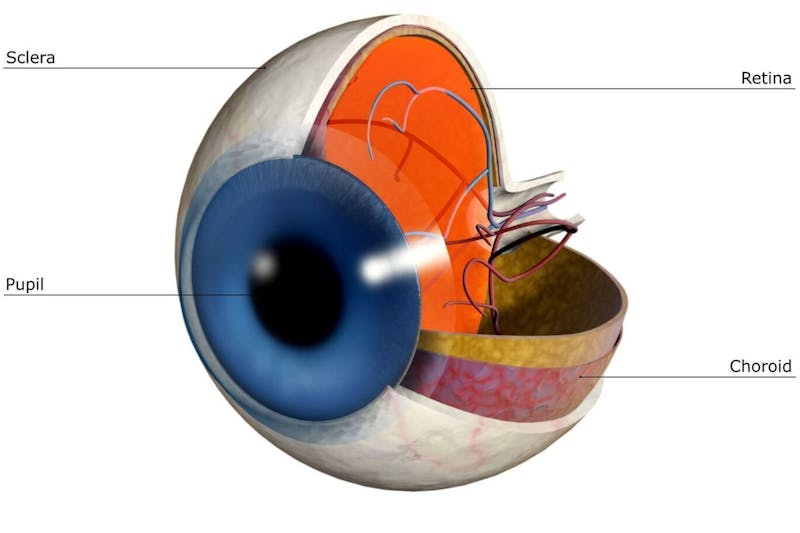
The retina is an extremely important layer of tissue found in the back of the eye. It’s responsible for converting light that has passed through the eye lens into electrical neural signals with the help of light-sensitive photoreceptor cells. These cells detect color, light intensity, and more.
Once the light is converted into signals by the retina, the signals are sent to the brain for further processing. This is done via the optic nerve, which is the connecting element that helps the brain and the retina communicate with one another. This is where our vision originates from.
With a fully functional retina, your eyes are able to properly operate and give you the field of vision we all need on a daily basis. Unfortunately, there is a wide range of issues that can occur with the retina and surrounding vitreous gel -- including a retinal tear or detachment.
So, What Is A Retinal Tear Or Detachment?
As important as the retina is to our overall vision, it isn’t perfect and there are several reasons why it might falter over time. Two of the most common issues with the retina include retinal tears and retinal detachment. Though similar, there are stark differences between the two.
A retinal tear refers to a small rip in the retinal tissue. Parts of the retina are no longer attached to the vitreous gel or the back of the eye. This is often caused by the vitreous gel pulling the retina due to shrinkage of the vitreous -- or due to physical trauma or an eye injury suffered by the individual.
A retinal detachment, also known as a detached retina, is where the retina is completely detached from the tissue that connects the retina to the back of the eye. While a retinal tear is one of the leading precursors to retinal detachment, it won’t lead to that 100% of the time.
Any damage to the retina, optic nerve, vitreous gel, or part of the brain that processes images could be a serious cause for concern and eventually lead to vision loss in the patient. That’s why you should always seek immediate medical advice from a local ophthalmologist.
Treatment Options for a Retinal Tear or Detachment
A retinal tear or detachment will immediately require retinal treatment or eye surgery to ensure the individual doesn’t suffer any further vision loss. The good news is there are a variety of treatment options to repair a retinal tear or detachment -- and the prognosis is normally good.
In order to ensure the right procedure and course of action is taken to repair this issue, your eye doctor or ophthalmologist will need to examine and evaluate the root cause of the tear or detachment. This is done in an office setting and is extremely important to the overall treatment.
Let’s take a look at some of the most common treatment options available for a retinal tear or detached retina:
Laser treatment is generally the best form of treatment when dealing with a retinal tear in its early stages. The individual’s eye is numbed with an anesthetic eye drop and the procedure is administered in the doctor’s office. It utilizes a beam of laser that’s focused at the sign of tear.
During this procedure, the laser is intended to create scar tissue surrounding the retinal tear. This essentially seals the tear and reattaches the retina to prevent fluid from finding its way underneath the retina -- which is usually where retinal detachment starts to form.
Vitrectomy
A vitrectomy is a form of eye surgery that involves making an incision in the white part of the eye, also known as the sclera. The eye surgeon then proceeds to remove the vitreous from the eye to get a better view of the retinal tear or detachment. They utilize a laser to seal it back up.
In order to replace the vitreous, the surgeon fills the eye with an intraocular gas bubble that helps push the retina onto the back of the eye. Eventually, the gas is absorbed and the eye produces a fluid that fills the vitreous -- replacing the gas within two to six weeks.
Scleral Buckle
A scleral buckle is one of the more common eye surgery procedures that treats a retinal detachment. They utilize laser photocoagulation like in the previous treatments, which helps to seal the retina to the underlying tissue by creating scar tissue at the point of detachment.
Once sealed, the ophthalmologist sews a ‘buckle’ (small silicone band) to the sclera to help push the retina to the back of the eye. The scleral buckle remains on the eye permanently, but it’s invisible and won’t get in the way of your normal vision.
Pneumatic Retinopexy
A pneumatic retinopexy is yet another treatment option that works to reattach the retina and seal the tear that’s causing the issue. First, the ophthalmologist utilizes eye drops to numb the eye before removing a tiny amount of vitreous gel from the eye by way of a needle.
Once removed, the surgeon injects an intraocular gas bubble into the vitreous to replace the gel that was lost. This helps push the retina into the back of the eye, while a laser helps seal the retina at the point of tear or detachment. Eventually, the gas is absorbed and fluid is produced by the eye.
Dr. Omar Shakir Is Here to Help!
There are several different signs, symptoms, and risk factors to keep an eye on when dealing with a retinal tear or detached retina. For example, some of the most common symptoms include flashes of light, floaters, or noticing a shadow in your peripheral vision.
Some risk factors include age, nearsightedness, lattice degeneration, trauma, family history of retinal tears or retinal detachment, or anyone that has had previous eye surgery. That’s why it’s extremely important to seek medical advice from your ophthalmologist frequently.
If you’re experiencing any of the above symptoms or are at an increased risk of a retinal tear or a detached retina, contact Dr. Omar Shakir at Coastal Eye Surgeons immediately. For Retina Solutions at Coastal Eye Surgeons, the sooner we can find the source of the issue, the sooner we can understand, prevent, and treat the issue!
Check out our article on What to Expect the Day of Your Cataract Surgery?

